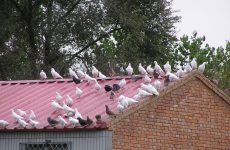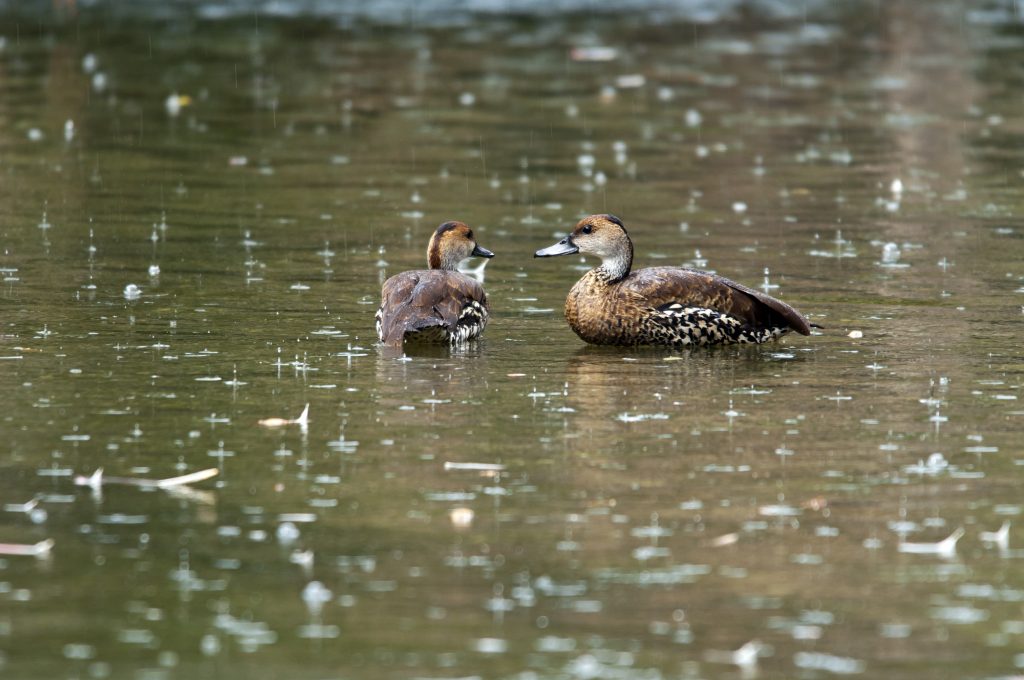
Have you ever looked outside during rainy weather and didn’t notice a single bird? It may seem like birds completely turn invisible or disappear from the face of the earth during rain or storms, but this is not the case!
Like any other animal, birds must go somewhere safe during the rain. So where do birds go when it rains?
During light rain, birds will continue with their activities. However, during storms birds generally hide in hedges, and birdboxes, while some hide in burrows. Seabirds and land birds have different ways of handling rain, but all mothers will focus on keeping their young warm.
Birds are fascinating creatures; it has even been proven that they can feel the changes in the air pressure before it’s going to rain. Continue reading with us as we discuss where birds go when it rains and what they do to protect themselves.
What Do Birds Do When They Feel It’s Going To Rain?
As birds recognize the changes in air pressure, they take this as a clear indicator that the weather will change.
If they feel a storm or heavy rain, they will tend to forage more, and you may even notice them coming to visit your bird feeder for the most accessible food source.
Although birds may look wet in the rain, they have evolved very well to storms to keep warm. Birds have small air pockets underneath their feathers, and they use them to trap air and keep themselves warm enough.
When birds sense rain, you may see them reaching around to their rump with their bill, often fanning their tails as they stretch.
They have a special preening gland at the base of their tails, which they use to spread across their bodies to make them waterproof to protect themselves from the cold.
Where Do Birds Go During Light Rain?
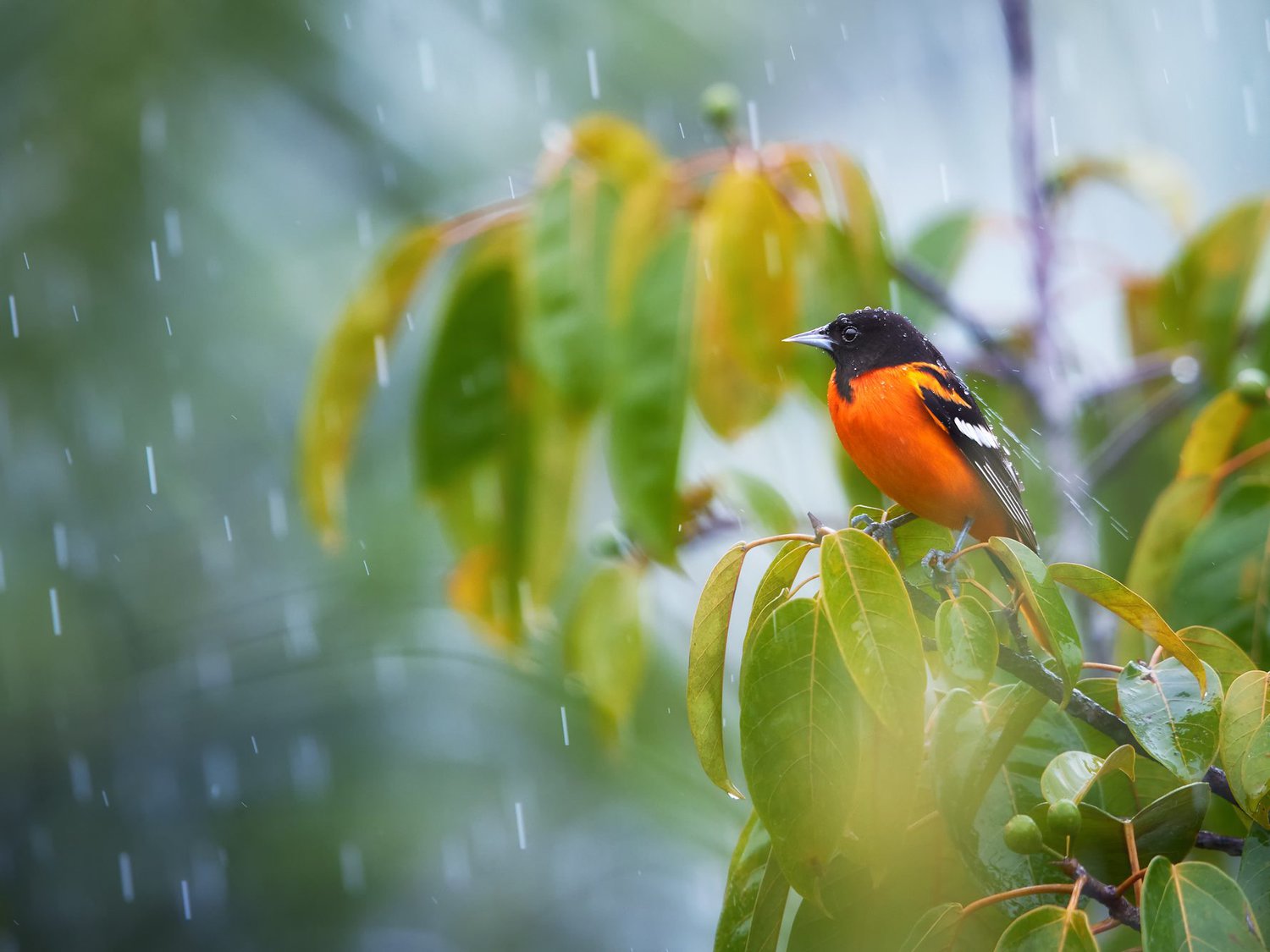
Birds are very active creatures, and they need to eat regularly. During light rain or drizzle, birds will continue doing their things and living their everyday lives. However, even during light rain, birds will still preen themselves to prepare for the rainy weather.
Most birds can fly short distances during light rain because they preen their feathers.
However, during harsh rain storms or particularly heavy rain, a bird’s wings will eventually become saturated with water, making it almost impossible for them to fly, becoming more vulnerable to predators.
So, if the rain is too heavy and is accompanied by strong winds, birds need to seek shelter.
Where Do Birds Go During Heavy Rain?
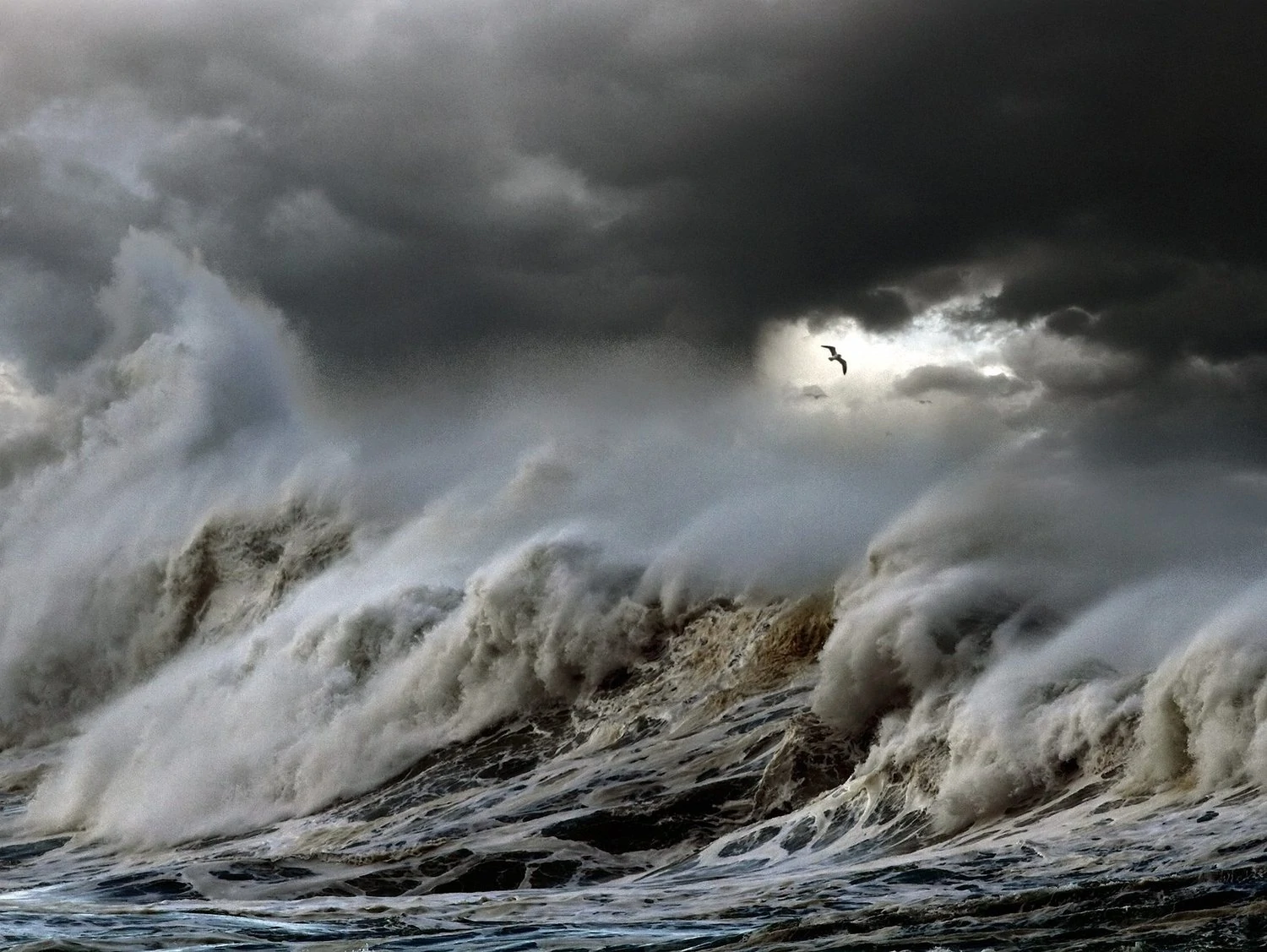
Rain accompanied by strong wind could have a disastrous effect on birds. Although you may still catch some seabirds flying, seabirds will most often make their way away from the ocean and instead fly away towards land.
After a few days, seabirds will make their way back over to the ocean. Seabirds may also make their way to a calmer part at sea and will be carried along with the storm as they can’t get hit by many things at sea, and it could become too dangerous on land.
However, it’s different for smaller birds on land, as most are not as strong flyers as seabirds. Land birds are in constant danger of flying into objects like power lines and branches in stronger winds.
They could also get hit by trash, twigs, and leaves, stunning them. Therefore, when bad weather hits, birds will need to look for shelter from rain and harsh winds.
They will hide in dense thickets and shrubs, next to heavy tree trunks, or on the downwind side of forests and woods. Cavity nesting birds will hunker down in natural cavities or bird boxes to ride out the storm and stay safe.
Many birds who spend most of their time foraging for their food on the ground will make use of this technique to stay warm and dry.
Bird species such as Robins have been documented to seek bush and leaf piles when the rain starts to establish a shelter for themselves quickly.
Wherever a bird may find shelter, it will remain as motionless as possible to preserve most of its energy.
Although birds’ water-resistant feathers provide a protective layer against the rain and cold, a prolonged storm could cause hypothermia, which is why it is crucial for birds to find warm and adequate shelter.
How To Help Birds Find Shelter During Rain
Birds will use their instincts to seek the best shelter they can during heavy rainfall and storms.
However, there are several things you can do to help them, as not all areas have good hiding places and shelters for birds, leaving them and their young vulnerable to predators.
Leave Dead Trees In Your Yard For Cavity-Nesting Birds
Sometimes, providing a good shelter for birds during a storm means enhancing or protecting mature trees that have died and are still there.
If you want to go the extra mile, you can add smaller understory trees or shrubs, creating several layers of shelter for cavity-nesting birds that may need it.
Group Plants Or Shrubs Together

If you have just a bare lawn, it could become entirely exposed to the elements, which will mean that birds won’t be able to use the space for their nests, and they won’t be able to seek shelter for themselves and their young when a storm hits.
By planting groups of shrubs and plants, you will form a living fence, giving birds a safe corridor and hiding place instead of a bare open landscape.
Place A Roosting Box Or Birdhouse In Your Yard
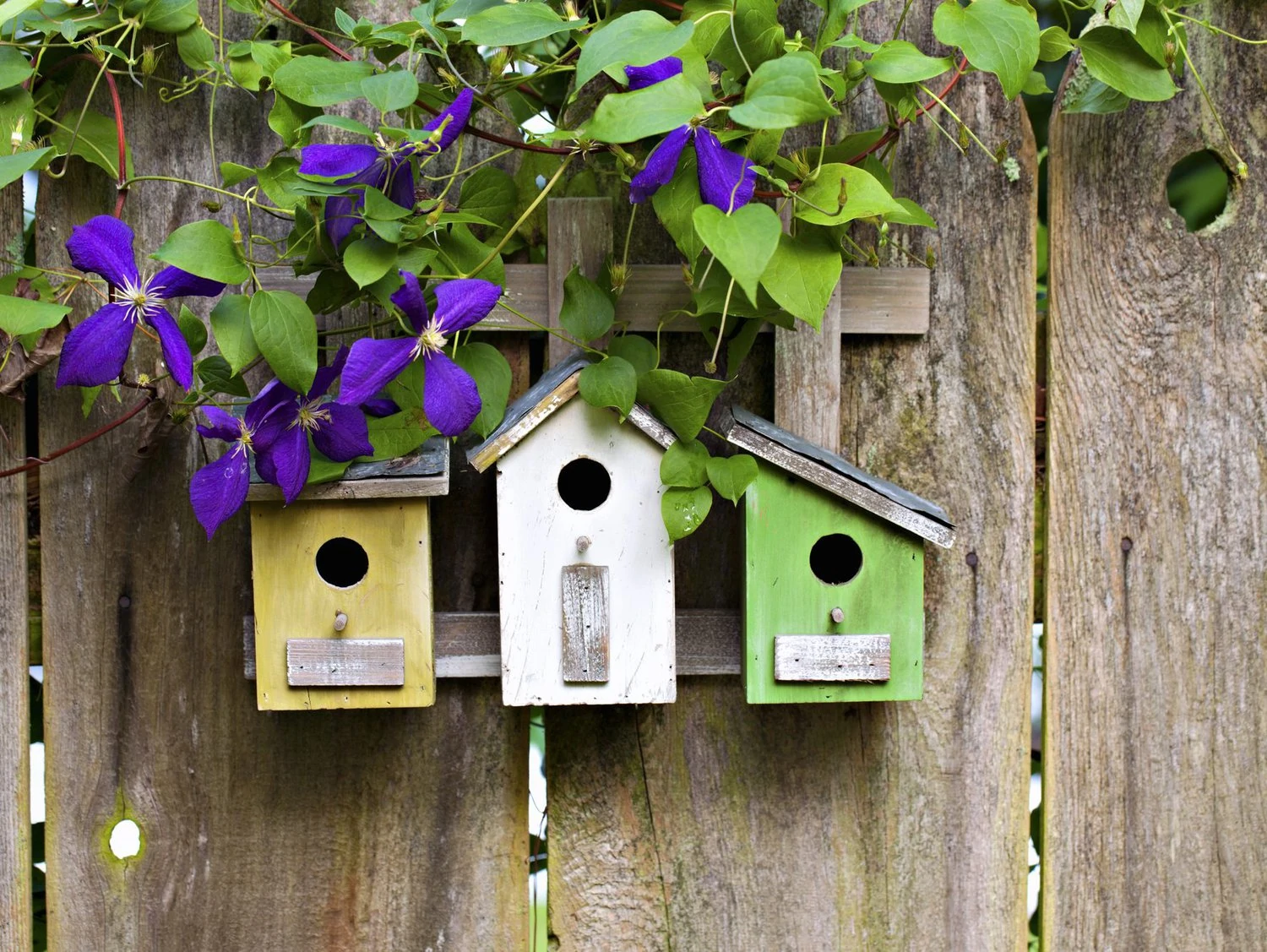
You can buy or purchase specially made roosting boxes to provide instant shelter for wild birds.
It could look similar to nesting boxes or your typical birdhouse, but they have numerous holes inside them, with the entries facing toward the bottom that will help the box to remain dry in wet conditions and isolated from the cold.
Some boxes may even have perched on the inside to accommodate several birds. You may even be as lucky to have a bird laying its eggs there, and you will know you have made a huge difference in keeping them all safe!
Provide Extra Food For Birds That May Need It
During especially strong winds and heavy rain, birds cannot forage for their food as they usually would.
Therefore, you can play a part in making their jobs easier by providing healthy food or bird seed at your backyard birdfeeders.
This way, birds in need will have a nutritious and reliable source of food during the storm. The stronger and healthier birds become, the more resilient they will become to all the negative impacts of heavy rainfall and storms.
Look For Injured Birds
After the rain stops, look around your yard and inside your birdboxes to see if any birds have been injured.
If you come across an injured bird, consider getting them to your local wildlife rehabilitator as soon as possible.
Final Thoughts
Like all other animals, birds also need to find shelter during heavy rainfall. Birds are highly susceptible to danger in storms, and many lose their young. However, by knowing a few quick and easy tips, you can play your part in keeping some more birds safe and sound.


